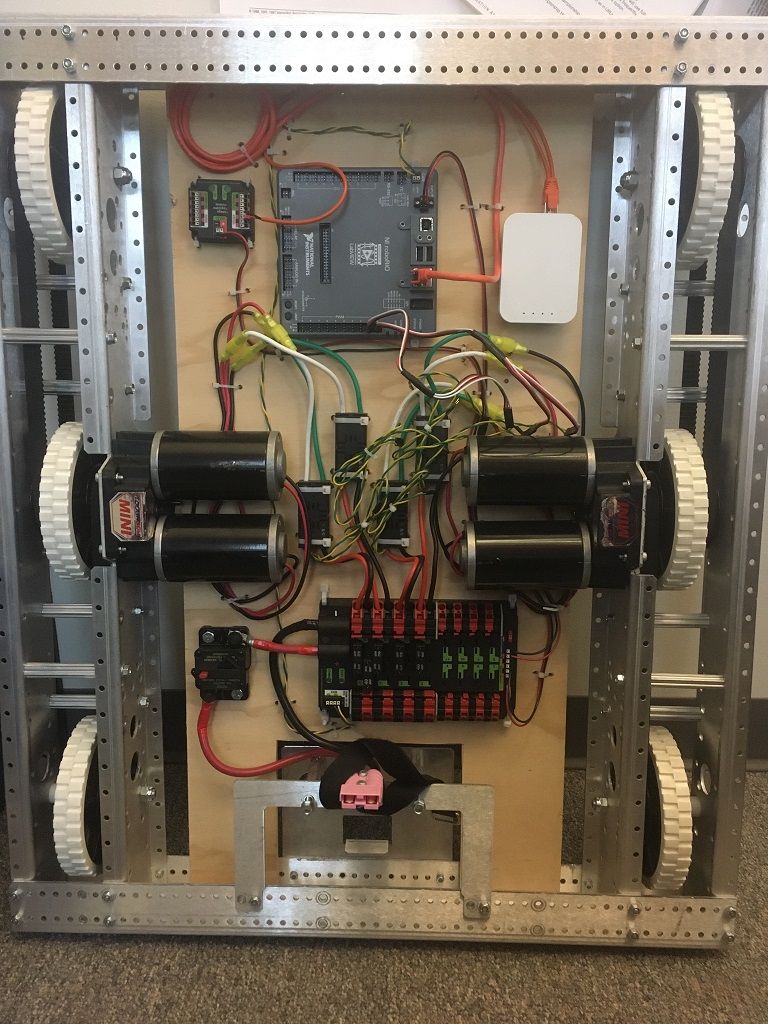

CAN FD is compatible with existing CAN 2.0 networks so new CAN FD devices can coexist on the same network with existing CAN devices. This specification uses a different frame format that allows a different data length as well as optionally switching to a faster bit rate after the arbitration is decided.

In 2012, Bosch released CAN FD 1.0 or CAN with Flexible Data-Rate. These standards may be purchased from the ISO.īosch is still active in extending the CAN standards.
CAN U USE LONELY SCREEN WIRED ISO
The physical layer standards ISO 11898-2 and ISO 11898-3 are not part of the Bosch CAN 2.0 specification. ISO 11898-3 was released later and covers the CAN physical layer for low-speed, fault-tolerant CAN. In 1993, the International Organization for Standardization (ISO) released the CAN standard ISO 11898 which was later restructured into two parts ISO 11898-1 which covers the data link layer, and ISO 11898-2 which covers the CAN physical layer for high-speed CAN. These standards are freely available from Bosch along with other specifications and white papers. A CAN device that uses 11-bit identifiers is commonly called CAN 2.0A and a CAN device that uses 29-bit identifiers is commonly called CAN 2.0B. This specification has two parts part A is for the standard format with an 11-bit identifier, and part B is for the extended format with a 29-bit identifier. īosch published several versions of the CAN specification and the latest is CAN 2.0 published in 1991. Released in 1991, the Mercedes-Benz W140 was the first production vehicle to feature a CAN-based multiplex wiring system. The first CAN controller chips were introduced by Intel in 1987, and shortly thereafter by Philips. The protocol was officially released in 1986 at the Society of Automotive Engineers (SAE) conference in Detroit, Michigan. Development of the CAN bus started in 1983 at Robert Bosch GmbH.


 0 kommentar(er)
0 kommentar(er)
